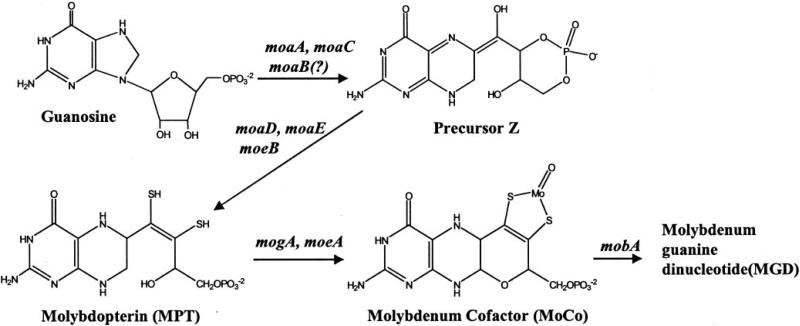Fig. 1. Moco biosynthesis pathway in E. coli.
The four-step synthesis first involves the conversion of a guanosine derivative to an unstable intermediate, precursor Z, through the action of the enzymes MoaC and MoaA. The heterotetrameric enzyme molybdopterin synthase (MoaD2: MoaE2) then incorporates sulfur from the C-terminal thiocarboxylate of MoaE onto precursor Z to form the dithiolene group of molybdopterin (23, 43, 44). The incorporation of molybdenum into molybdopterin to form Moco requires the proteins MogA and MoeA (19). On the last step, a GMP group is transferred to the terminal phosphate of Moco by the product of the gene mobA (9–11) to form MGD.

